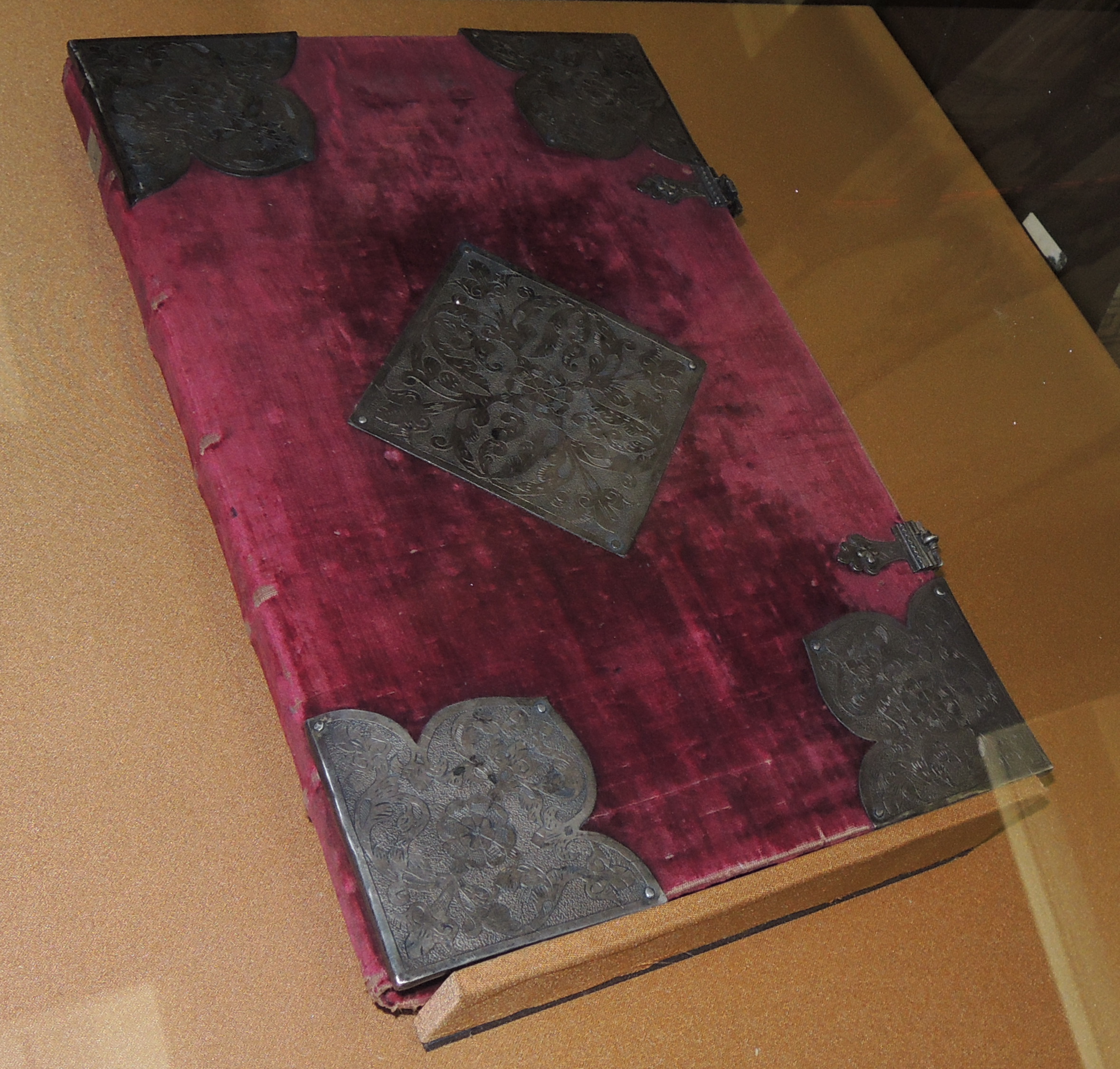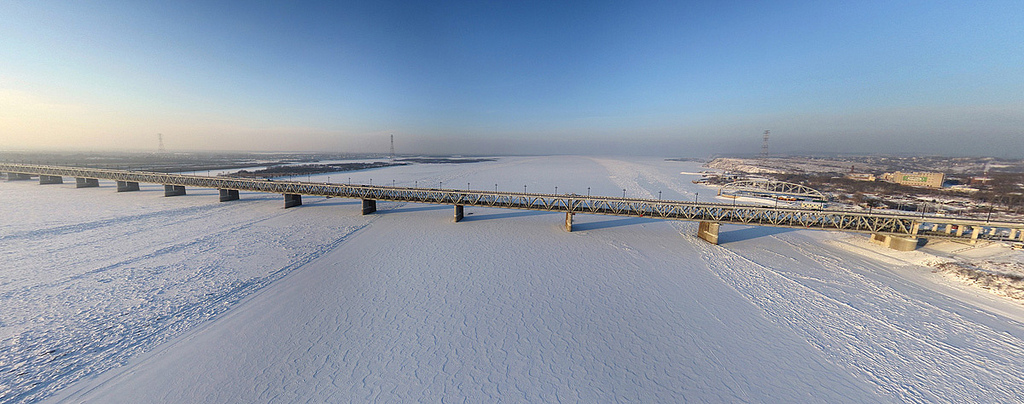|
Spiridon Merkulov
Spiridon Dionisevich Merkulov (; 1870 – 1957), was a Russian politician who played a significant role in the Russian Civil War, particularly in the Far East. He briefly led the Provisional Priamurye Government from May 1921 to July 1922. Born into a farming family in Amur, Merkulov pursued a law degree at Saint Petersburg Imperial University. He later worked for the Ministry of State Property before settling in Vladivostok, where he served as a legal adviser to the city government and held roles such as chief inspector at the Northern Insurance Company. On 26 May 1921, following a coup by White forces in Primorye, Merkulov was appointed chairman of the Provisional Priamurye Government, overseeing modern-day Primorsky Krai and parts of Khabarovsk Krai. However, in the summer of 1922, his government was replaced by the Zemsky Sobor of the Amur region, led by General Mikhail Diterikhs, who imposed a military dictatorship. Merkulov was travelling to Japan and Canada in Septem ... [...More Info...] [...Related Items...] OR: [Wikipedia] [Google] [Baidu] |
Provisional Priamurye Government
The Provisional Priamurye Government or Provisional Priamur Government () existed in the region of Priamurye of the Russian Far East between May 27, 1921 and June 16, 1923. It was the last Russian State enclave during the Russian Civil War. States and territories disestablished in 1923 History The government had its origin in a 1921 White Army coup in Vladivostok and its environs. The coup aimed for the Priamurye region to break away from the Far Eastern Republic and to survive behind a ''cordon sanitaire'' of Japanese troops involved in the Siberian Intervention. The coup was started on May 23, 1921 by the ''Kappelevtsy'', the remnants of Vladimir Kappel's People's Army of Komuch. The government was headed by the Merkulov brothers: Spiridon Merkulov, a former functionary of the Ministry of Agriculture and head of the Priamurye government; and , a merchant. Both had been deputies of the State Duma of the Russian Empire and supporters of the 1917 Russian Provisional ... [...More Info...] [...Related Items...] OR: [Wikipedia] [Google] [Baidu] |
Primorye
Primorsky Krai, informally known as Primorye, is a federal subject (a krai) of Russia, part of the Far Eastern Federal District in the Russian Far East. The city of Vladivostok on the southern coast of the krai is its administrative center, and the second largest city in the Russian Far East, behind Khabarovsk in the neighbouring Khabarovsk Krai. Primorsky Krai has the largest economy among the federal subjects in the Russian Far East, and a population of 1,845,165 as of the 2021 Census. The krai has Russia's only border with North Korea, along the Tumen River in Khasansky District in the southwestern corner of the krai. Peter the Great Gulf, the largest gulf in the Sea of Japan, is on the south coast. The territory of the krai was historically part of Manchuria. It was ceded to the Russian Empire by Qing China in 1860 as part of a region known as Outer Manchuria, forming most of the territory of Primorskaya Oblast. As a result, China permanently lost its coastline w ... [...More Info...] [...Related Items...] OR: [Wikipedia] [Google] [Baidu] |
Heads Of State
A head of state is the public persona of a sovereign state.#Foakes, Foakes, pp. 110–11 "[The head of state] being an embodiment of the State itself or representative of its international persona." The name given to the office of head of state depends on the country's form of government and any separation of powers; the powers of the office in each country range from being also the head of government to being little more than a ceremonial figurehead. In a parliamentary system, such as Politics of India, India or the Politics of the United Kingdom, United Kingdom, the head of state usually has mostly ceremonial powers, with a separate head of government. However, in some parliamentary systems, like Politics of South Africa, South Africa, there is an executive president that is both head of state and head of government. Likewise, in some parliamentary systems the head of state is not the head of government, but still has significant powers, for example Politics of Morocco, Moro ... [...More Info...] [...Related Items...] OR: [Wikipedia] [Google] [Baidu] |
White Movement People
White is the lightest color and is achromatic (having no chroma). It is the color of objects such as snow, chalk, and milk, and is the opposite of black. White objects fully (or almost fully) reflect and scatter all the visible wavelengths of light. White on television and computer screens is created by a mixture of red, blue, and green light. The color white can be given with white pigments, especially titanium dioxide. In ancient Egypt and ancient Rome, priestesses wore white as a symbol of purity, and Romans wore white togas as symbols of citizenship. In the Middle Ages and Renaissance a white unicorn symbolized chastity, and a white lamb sacrifice and purity. It was the royal color of the kings of France as well as the flag of monarchist France from 1815 to 1830, and of the monarchist movement that opposed the Bolsheviks during the Russian Civil War (1917–1922). Greek temples and Roman temples were faced with white marble, and beginning in the 18th century, wit ... [...More Info...] [...Related Items...] OR: [Wikipedia] [Google] [Baidu] |
Politicians From The Russian Empire
A politician is a person who participates in policy-making processes, usually holding an elective position in government. Politicians represent the people, make decisions, and influence the formulation of public policy. The roles or duties that politicians must perform vary depending on the level of government they serve, whether local, national, or international. The ideological orientation that politicians adopt often stems from their previous experience, education, beliefs, the political parties they belong to, or public opinion. Politicians sometimes face many challenges and mistakes that may affect their credibility and ability to persuade. These mistakes include political corruption resulting from their misuse and exploitation of power to achieve their interests, which requires them to prioritize the public interest and develop long-term strategies. Challenges include how to keep up with the development of social media and confronting biased media, in addition to discrimi ... [...More Info...] [...Related Items...] OR: [Wikipedia] [Google] [Baidu] |
People Of The Russian Civil War
The term "the people" refers to the public or common mass of people of a polity. As such it is a concept of human rights law, international law as well as constitutional law, particularly used for claims of popular sovereignty. In contrast, a people is any plurality of persons considered as a whole. Used in politics and law, the term "a people" refers to the collective or community of an ethnic group or nation. Concepts Legal Chapter One, Article One of the Charter of the United Nations states that "peoples" have the right to self-determination. Though the mere status as peoples and the right to self-determination, as for example in the case of Indigenous peoples (''peoples'', as in all groups of indigenous people, not merely all indigenous persons as in ''indigenous people''), does not automatically provide for independent sovereignty and therefore secession. Indeed, judge Ivor Jennings identified the inherent problems in the right of "peoples" to self-determination, as i ... [...More Info...] [...Related Items...] OR: [Wikipedia] [Google] [Baidu] |
Red Army
The Workers' and Peasants' Red Army, often shortened to the Red Army, was the army and air force of the Russian Soviet Republic and, from 1922, the Soviet Union. The army was established in January 1918 by a decree of the Council of People's Commissars to oppose the military forces of the new nation's adversaries during the Russian Civil War, especially the various groups collectively known as the White Army. In February 1946, the Red Army (which embodied the main component of the Soviet Armed Forces alongside the Soviet Navy) was renamed the "Soviet Army". Following the dissolution of the Soviet Union it was split between the post-Soviet states, with its bulk becoming the Russian Ground Forces, commonly considered to be the successor of the Soviet Army. The Red Army provided the largest land warfare, ground force in the Allies of World War II, Allied victory in the European theatre of World War II, and its Soviet invasion of Manchuria, invasion of Manchuria assisted the un ... [...More Info...] [...Related Items...] OR: [Wikipedia] [Google] [Baidu] |
Mikhail Diterikhs
Mikhail Konstantinovich Diterikhs (, ; May 17, 1874 – September 9, 1937) served as a general in the Imperial Russian Army and subsequently became a key figure in the monarchist White movement in Siberia and the Russian Far East area during the Russian Civil War of 1917–1923. Descended from Lutheran Sudeten German ancestors who became Baltic Germans, Diterikhs had a reputation as "a deeply religious man, the walls of whose private railway coach were plastered with icons"; he saw himself as "waging a holy war against the Bolshevik heathens". Biography Diterikhs was born to Konstantin Alexandrovich Diterikhs, who served as a general of the Russian Imperial Army in the Caucasus, and Olga Iosifovna Musintskaya, a Russian noblewoman. His family was of German Bohemian descent, his great-grandfather Johann Gottfried Dieterichs moved from Wolfenbüttel, in the Duchy of Brunswick-Lüneburg, to Waiwara in Estonia during the 18th century. In 1900, Diterikhs graduated from the Page Cor ... [...More Info...] [...Related Items...] OR: [Wikipedia] [Google] [Baidu] |
Zemsky Sobor
The ''Zemsky Sobor'' ( rus, зе́мский собо́р, p=ˈzʲemskʲɪj sɐˈbor, t=assembly of the land) was a parliament of the Tsardom of Russia's estates of the realm active during the 16th and 17th centuries. The assembly represented Russia's feudal classes in three categories: Russian nobility, Nobility and the high bureaucracy, the ''Synod#Orthodox, Holy Sobor'' of the Eastern Orthodox Church, Orthodox clergy, and representatives of "commoners" including merchants and townspeople. Assemblies could be summoned either by the tsar, the patriarch, or the boyar duma, to decide current agenda, controversial issues or enact major pieces of legislation. Tsardom of Russia In the 16th century, Tsar Ivan the Terrible held the first ''Zemsky Sobor'' in 1549, holding several assemblies primarily as a Rubber stamp (politics), rubber stamp but also to address initiatives taken by the lower nobility and townspeople. Times of Troubles The Time of Troubles saw the Zemsky Sobor e ... [...More Info...] [...Related Items...] OR: [Wikipedia] [Google] [Baidu] |
Khabarovsk Krai
Khabarovsk Krai (, ) is a federal subjects of Russia, federal subject (a krai) of Russia. It is located in the Russian Far East and is administratively part of the Far Eastern Federal District. The administrative centre of the krai is the types of inhabited localities in Russia, city of Khabarovsk, which is home to roughly half of the krai's population and the largest city in the Russian Far East (just ahead of Vladivostok). Khabarovsk Krai is the fourth-largest federal subject by area, and had a population of 1,343,869 as of 2010. Being dominated by the Siberian High winter cold, the continental climates of the krai see extreme freezing for an area adjacent to the sea near the mid-latitudes, but also warm summers in the interior. The southern region lies mostly in the drainage basin, basin of the lower Amur River, with the River mouth, mouth of the river located at Nikolaevsk-on-Amur draining into the Strait of Tartary, which separates Khabarovsk Krai from the island of Sakha ... [...More Info...] [...Related Items...] OR: [Wikipedia] [Google] [Baidu] |





